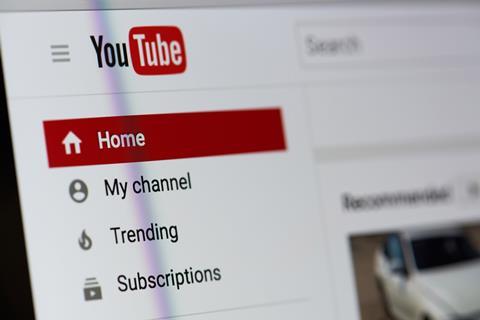- YouTube unveils Video Reach platform at Advertising Week New York
- Service uses machine learning to determine most effective combination of ads
- Ford trialled tech seeing 20% reduction in ad campaign cost

YouTube has pitched the benefits of AI for advertising campaigns with the launch of its new Video Reach campaigns platform.
The new ad service, which was launched at this week’s Advertising Week in New York, will allow an advertiser to upload three different asset types for a single campaign: six-second bumper ads, skippable in-stream ads, and non-skippable in-stream ads.
The service will use Google’s machine learning technology to determine the most effective combination of the ads in order to boost audience engagement and reach.
The service means advertisers won’t have to focus on managing each category individually. Rather, they can let the AI engine do the work, according to YouTube.
This works by using aggregated and anonymous insights to predict what type of ad will garner the most engagement in any situation, according to YouTube VP of product management Vishal Sharma, who discussed the platform in a blog.
Early adopters include the likes of carmaker Ford which, according to Sharma, has already seen “strong results” from its alpha tests. The automaker lowered their campaign cost over 20% compared to their previous YouTube benchmarks, according to YouTube.
“Ford is using data and machine learning technology, like Video reach campaigns, to drive a learning culture across all of our media. The positive results of the Video reach campaign not only provided cost efficiencies while maintaining effectiveness but also the confidence to implement this tactic across additional campaigns” says Lisa Schoder, Ford head of U.S. media.
In an additional announcement, the streaming platform also said it is bringing the YouTube masthead to TV screens, which is its fastest growing surface with watch time topping 250 million hours per day.
The move means that advertisers can purchase the YouTube Masthead ads – which are a native video-ad based format given primacy on whichever platform they are airing – for TV, as well as on mobile and desktop.
“Consumers are moving faster, jumping from channel to channel, and researching more often in unexpected ways,” wrote Sharma. “This explosion of touchpoints means more opportunities—and more complexities—for marketers. But just because today’s customer journey is more complicated, doesn’t mean orchestrating your advertising campaign has to be.”





















No comments yet